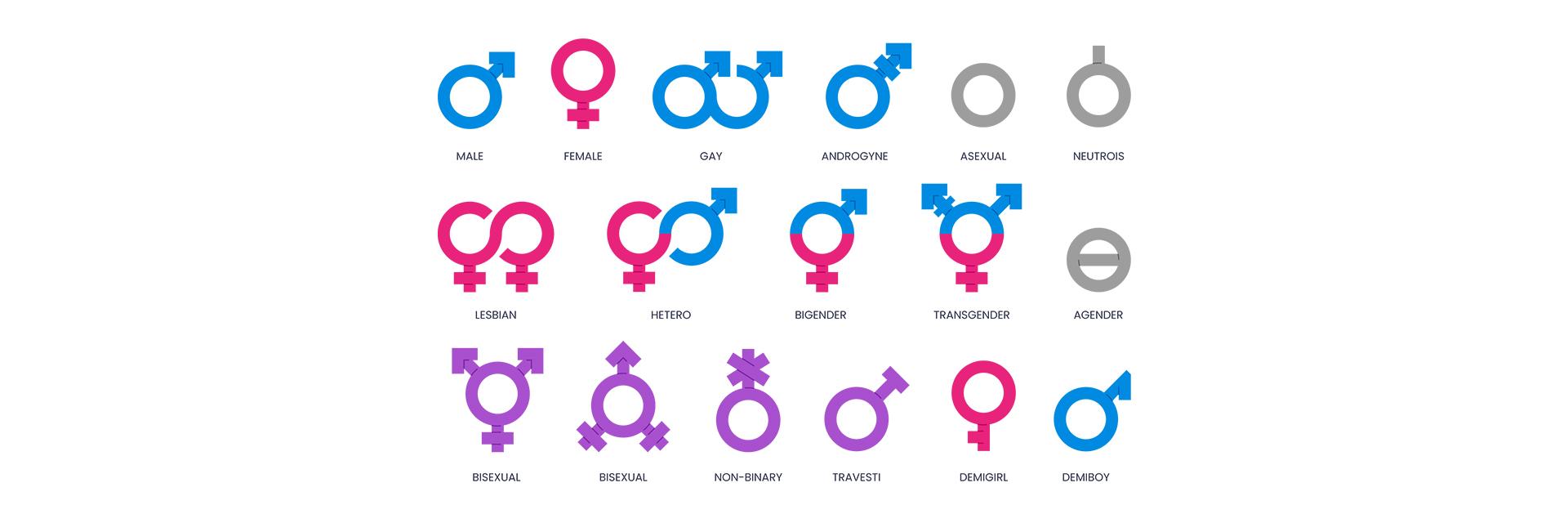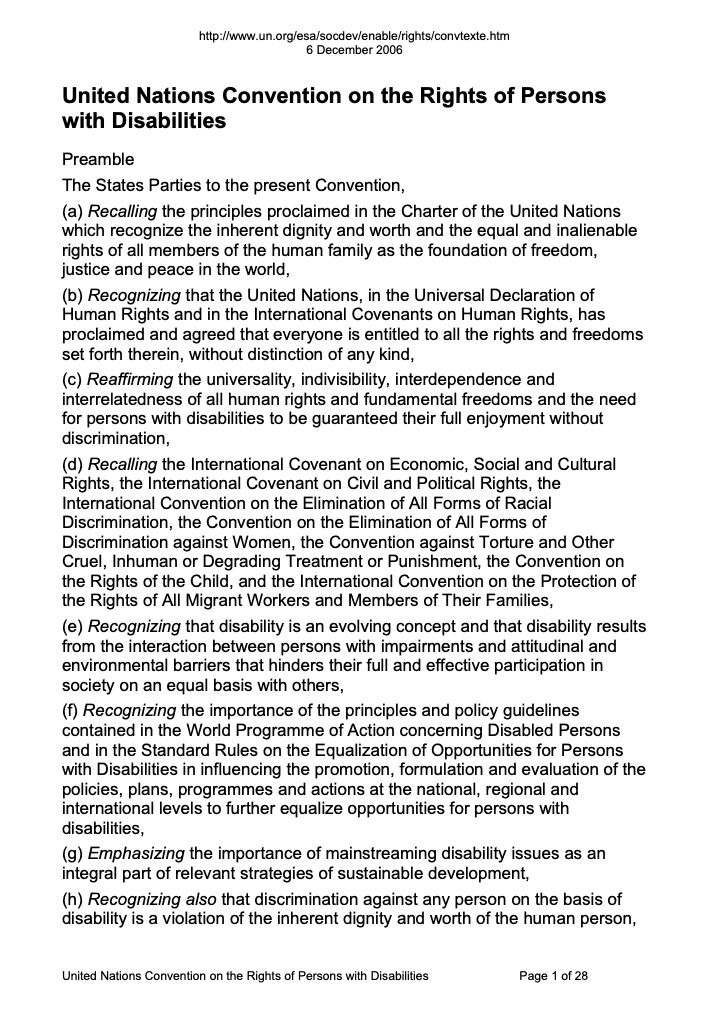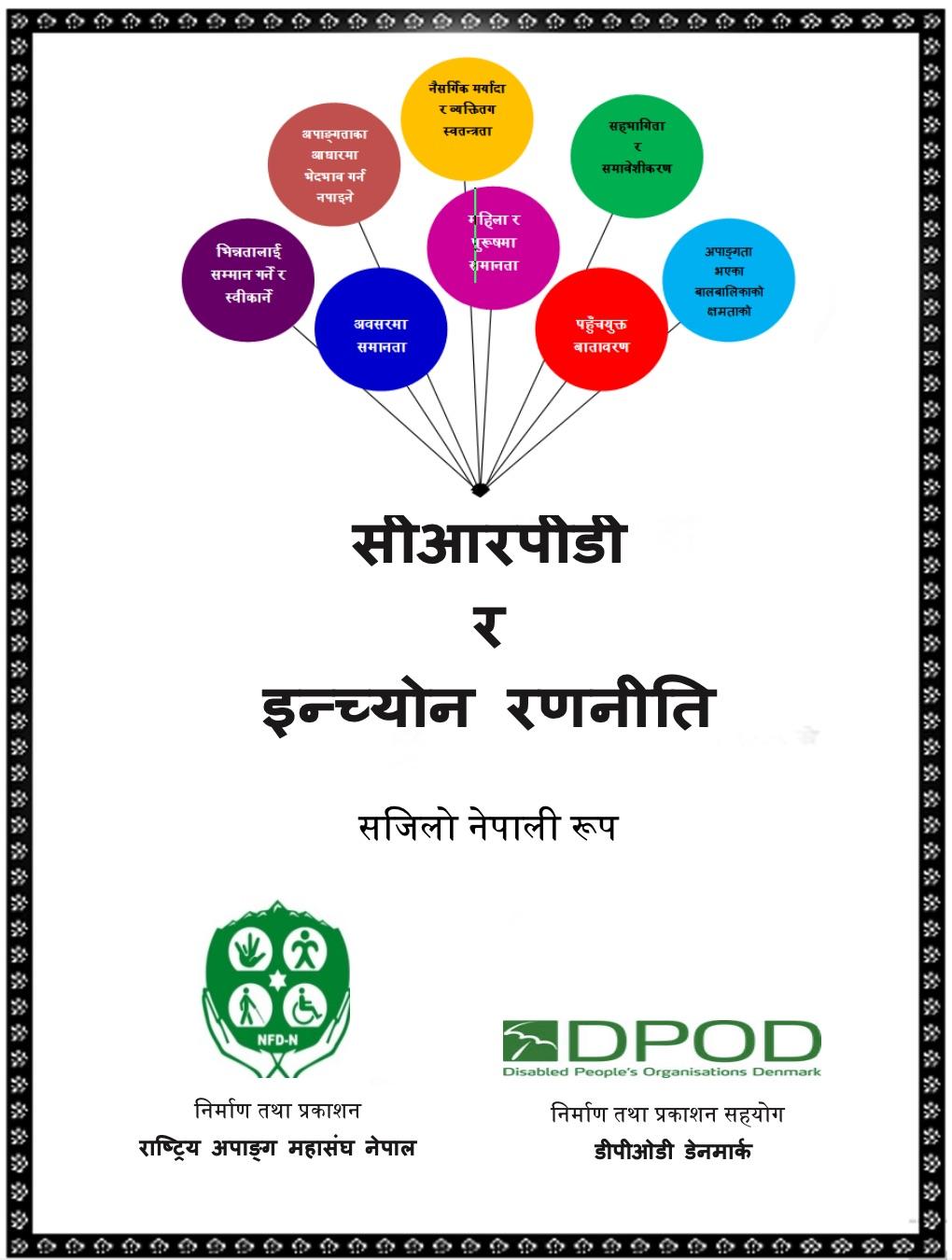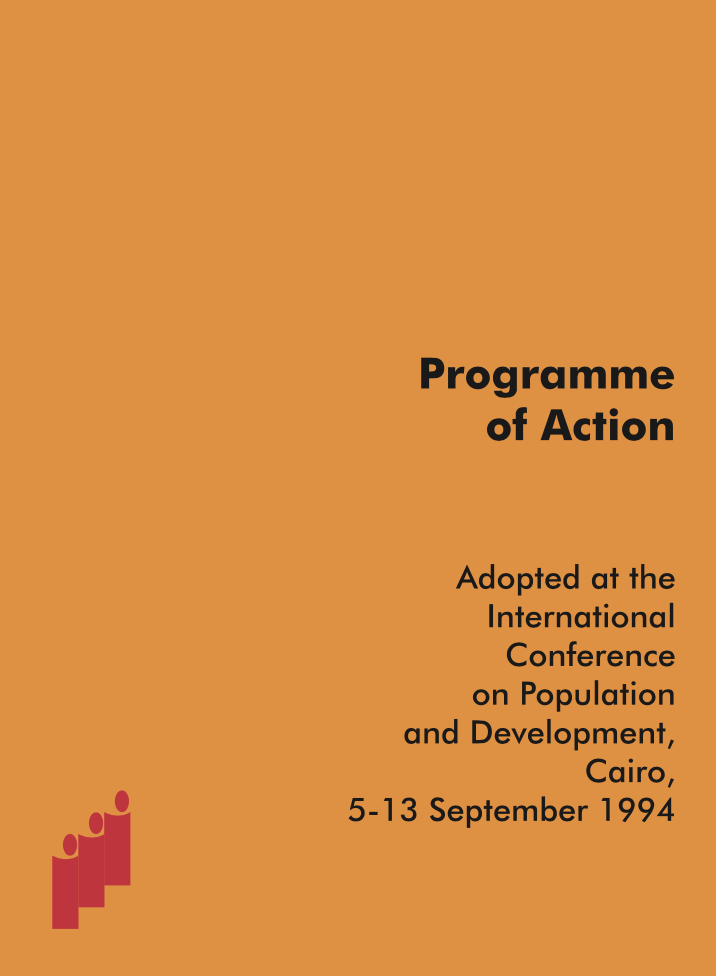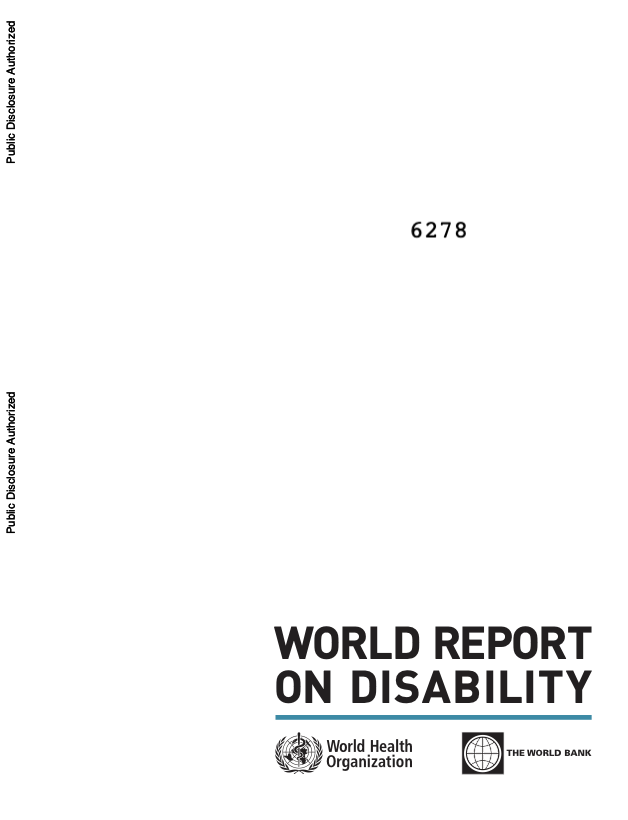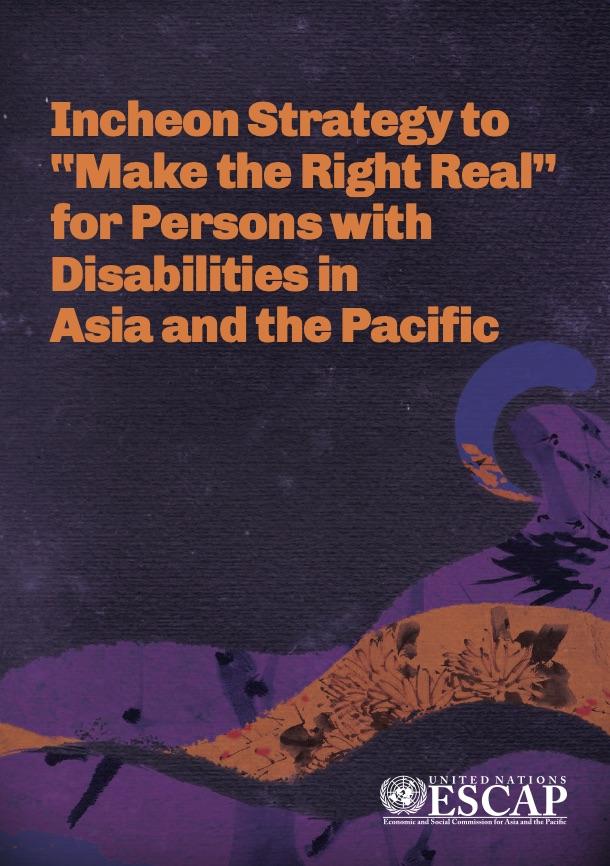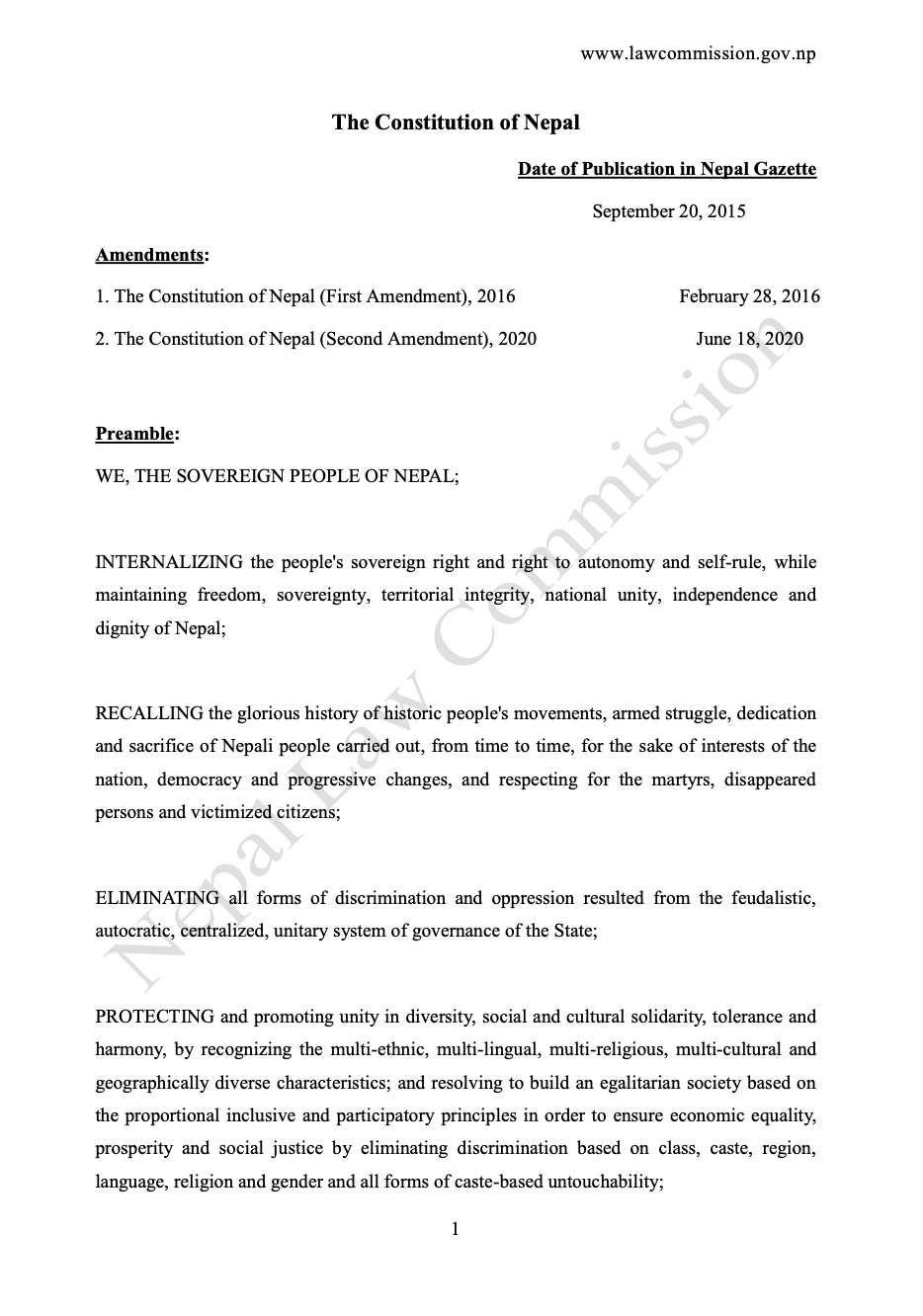Sex is determined by the genitalia we are born with and the chromosomes we have that distinguish individuals as male, female and intersex. This is a completely biological trait.
If a person is born with a body that does not belong to male or female reproductive or sexual body composition, such a person is said to be intersex. There are various circumstances for any person to be intersex. Some intersex individuals may have both internal sex organ or genitalia, while some individuals may have a combination of chromosomes eg XXY, etc.
Gender is a social construct. It is the society's expectations of men and women about their behavior, characteristics and thoughts. Gender is how someone is expected to behave based on their sex. Gender is influenced by biological, psychological, social and historic factors and their interactions. Gender varies across societies and overtime, it is subject to change.
Gender roles are certain roles that society assigns to individuals based on their sex. Gender roles include how women are expected to do household chores, dress as women, be polite, and nurture, while men are expected to earn, have a tough personality, etc.
According to World Health Organization (WHO), sexuality is a "central aspect of being human throughout life (that) encompasses sex, gender identities and roles, sexual orientation, eroticism, pleasure, intimacy and reproduction. Sexuality is experienced and expressed in thoughts, fantasies, desires, beliefs, attitudes, values, behaviours, practices, roles and relationships. While sexuality can include all of these dimensions, not all of them are always experienced or expressed. Sexuality is influenced by the interaction of biological, psychological, social, economic, political, cultural, legal, historical, religious and spiritual factors."
Almost all people with physical disabilities or chronic illness are able to experience all aspects of life, including sexuality.
According to The Asian Pacific Resource and Research Centre for Women (ARROW), sexual orientation is an underlying permanent emotional, romantic, or sexual attraction to other people. A person's sexual orientation may not be their gender identity.
Someone who is emotionally, romantically or sexually attracted to the person of opposite sex (Women towards men and men towards women).
Someone who is romantically or sexually attracted to the members of same sex. Men, women and non-binary people can use this term to describe themselves.
A woman who is romantically or sexually attracted to women.
A man who is romantically or sexually attracted to men.
A person who is romantically or sexually attracted to both males/men and females/women.
A person who is emotionally, romantically, or sexually attracted to more than one gender. However, the attraction need not occur simultaneously, in the same way, or to the same degree.
It is often abbreviated as "S". Asexual refers to a complete or partial lack of sexual attraction or lack of interest in sexual activity with others.
Gender identity is the perception of one's own sexuality. A person's gender identity can be the same as the sex assigned at birth or different from it.
Transgender is a collective term for those whose gender identity differs from social and cultural expectations based on the sex assigned at birth.
Queer is someone who doesn't know, can't or doesn't want to determine their gender identity. Queer is also a collective term for people from Sexual and Gender minority (SGM) communities. Currently, the term queer is being reclaimed by the movement of Sexual and Gender minority (SGM) communities and is also known as a term used by campaigners.
Gender expression is the outward signs that display a person's sexuality. It is the feeling and expression of being oneself. This can be expressed through a person's clothing, behavior, and physical characteristics that may or may not conform to the behaviors and characteristics of men and women as defined by society.
Sex is a label based upon genitals we are born with and the chromosomes we have which assigns individuals to male or female. It is entirely a biological characteristic.
Gender is a social construct. It is society’s expectations from men and women about conduct, characteristics, thoughts, roles, and behaviors. It is related to conservative ideas and systems.
When an individual has both male and female reproductive organs or is born with reproductive or sexual anatomy that does not fit into the categories of male or female, then the person is said to be intersex.
Sexual orientation is an inherent enduring emotional, romantic or sexual attraction to other people.
Gender identity is one’s perception of their own gender. An individual’s gender identity can be the same or different from their assigned sex at birth.
Gender expression is external traits that display one’s gender. It can be expressed through one’s clothing, behaviour, and body characteristics which may or may not conform to a set of behaviours and characteristics defined by the society that are typically associated with being either masculine or feminine.
Transgender or transsexual is an umbrella term for people whose gender identity differs from the societal and cultural expectations based on sex assigned at birth.
Ally describes someone who is actively supportive of LGBTQ+ people. It encompasses straight and cisgender allies, as well as those within the LGBTQ+ community who support each other (e.g., a lesbian who is an ally to the bisexual community).
A system in which gender identity or gender is constructed into two strict categories of male or female. Gender identity is expected to align with the sex assigned at birth and gender expressions and roles fit traditional expectations.
An adjective describing a person who does not identify exclusively as a man or a woman. Non-binary people may identify as being both a man and a woman, somewhere in between, or as falling completely outside these categories.
A person who does not identify with a single fixed gender or has a fluid or unfixed gender identity.
An acronym for “lesbian, gay, bisexual, transgender, intersex, queer and asexual” with a "+" sign to recognize the limitless sexual orientations and gender identities used by members of our community.
Pansexual is someone who has the potential for emotional, romantic or sexual attraction to people of any gender though not necessarily simultaneously, in the same way or to the same degree.
